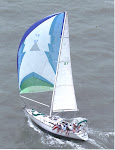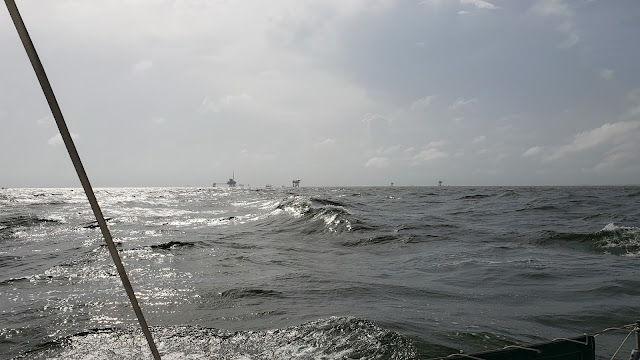LAST POST
The buyer signed the acceptance letter today; so I guess the White Pepper has been sold. The check will likely come next week.
She has been on the market for over one year. This time has allowed me to accept that I am no longer strong enough, smart enough or brave enough to sail her on the open ocean. She was always a big and powerful boat and is now too much to handle. I can no longer justify the endless expense now that I am retired. Finally, my health has deteriorated to the point that should not be too far from a well-equipped emergency room. White Pepper had not changed; I had changed. Still the news brought me no joy--only great sadness.
I can vividly remember the first day I saw her in the backyard of her previous owner in Cape Cod 33 years ago. Since that day she has never let me down. Of course, no boat will take care of you unless you take care of her. But I always took very good care of White Pepper. I mentioned in the very first post that maintenance would be part of this blog as it is the crucial factor to success in boating.
I started this blog in 2007. Since then, I have written over 300 post and there have been over 114,000 views. Thank you everyone for sharing this great adventure with Jan and me. Not included in the blog were the many years learning how to sail on Corpus Christi Bay by competing in club races. Then there were the offshore races and three races from Corpus Christi to Vera Cruz, Mexico. The last important event before cruising was a trip to Porto Adventures, Mexico.
During the years covered by this blog 2007-2022 I estimate that Jan and I lived on White Pepper for about 5 years. Being on the boat for this long brings an intimacy that is hard to describe. Her needs become your needs. Her journeys become your story. Her name becomes your last name. "Oh, look, there goes Jan and Karl White Pepper."
Who is a person? A good husband? A good Christian? A good doctor? Yes, all of that, but for decades I was the owner of White Pepper. I will miss that.
So fair thee well, dear White Pepper! May you serve your new master as well as you served me. I love you.




































